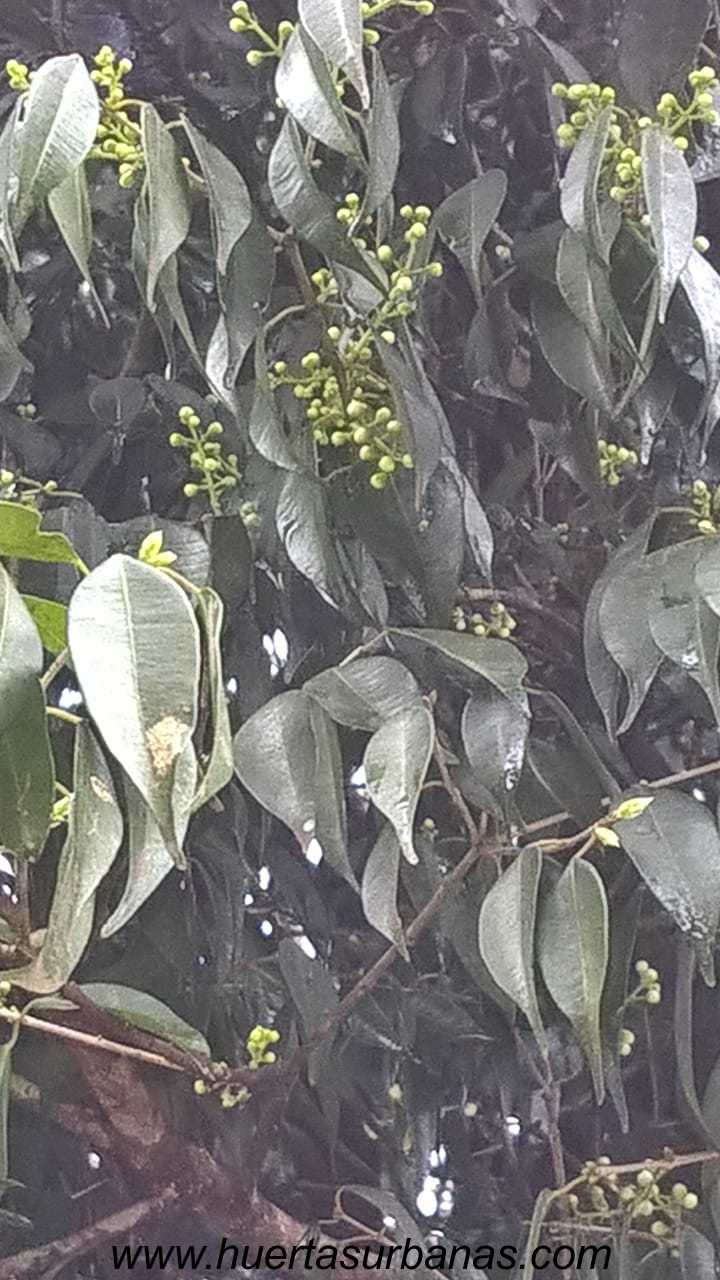
Un vivero que vende estos frutales nativos en la Pcia. de Buenos Aires, Argentina:
http://plantasautoctonas.blogspot.com.ar
Su mail es: solnaturi yahoo.com.ar
___
En los inviernos especialmente fríos con fuertes heladas la Pitanga se comporta como caducifolia y pierde todas las hojas para sobrevivir. Temperaturas inferiores a -3ºC matan a los ejemplares jóvenes y las inferiores a -5ºC dañan mortalmente las plantas adultas. Hay viveristas que reportan un comportamiento caducifolio durante el invierno.
Un texto que confirma que necesita pocos cuidados: ” The first Surinam cherry was introduced into coastal Israel in 1922 and aroused considerable interest because it produced fruit in May when other fruits are scarce, and it requires so little care; ”
E incluso:
“In Florida, the Surinam cherry is one of the most common hedge plants throughout the central and southern parts of the state and the Florida Keys. The fruits are today mostly eaten by children. In the past, many people allowed the tree to grow naturally and harvested the fruits for culinary use. For a while, small quantities were sold in Miami markets. In temperate zones, the plant is grown in pots for its attractive foliage and bright fruits.”
Sobre lo fácil que crecen de semilla:
“Jen stick a seed in a pot and put it on a east facing window sill. couple of weeks ,bingo. i have one growing across the road ,thats where i got the seed. must be why they have weed potential,very easey to grow from a seed. | Rod M – Mt Nebo, QLD 09-Feb-2012”
http://www.daleysfruit.com.au/fruit%20pages/brazcherry.htm

